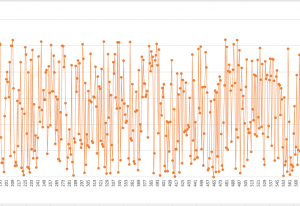From OEMs perspective, every new technology has to serve the ultimate goal, selling more cars.
Traditionally, just like other business department, CRM can only base their decision making on sales related data. In comparison, the data collected directly from the vehicle via telematics has the following advantages:
- much better data – OEMs get data from customers directly instead of through 3 parties; this means both accuracy and completeness of data.
- has a much higher frequency – instead of once in a while, we get updates from customers/vehicles constantly;
- higher flexibility – OEMs are able to change the data collection policy and setup with minimal management overhead;
The same can be said for the other direction – delivering information from OEMs to customers. The advantages of precise targeting are so well established that I don’t even need to list them here.
The only side effect of doing CRM using vehicle telematics is, this will accumulate huge amount of data – Big Data.
Interestingly, for OEMs, the motivation to employ big data hasn’t been strong enough till recently. That’s because, for OEMs, there’s already established practices in traditional business intelligence. The added value of changing to a new technology hasn’t been so obvious or significant.
It’s true that Big Data as a field of special expertise, stemmed from real world need of storing, processing ever increasing amount of data. However, A whole set of technologies were developed to deal with the new challenges posed by the volume of data. Along with this development, the focus of Big Data have changed from volume and velocity towards data mining, artificial intelligence and machine learning. It’s in these aspects where Big Data may provide unique value to CRM compared to traditional BI.
Take the sales pipeline for example:
- Campaign
- Leads
- Opportunities
- Sales
- Client
- Retention
Traditional wisdom dictates that the data in each stages has to be complete, reliable and continuous, otherwise the model won’t make much sense. However, that is actually a limitation of the ability of the tools and the model. Traditional BI is incapable of dealing with incomplete data; the model it based upon cannot handle fuzziness.
However, in real world, incomplete data is the norm, fuzziness is simply the nature of human as oppose to machines. Luckily, techniques have been developed in Big Data to deal with incomplete data and fussiness. With these techniques, CRM system will behave more like human, making predictions based on incomplete data with probabilities in mind.
